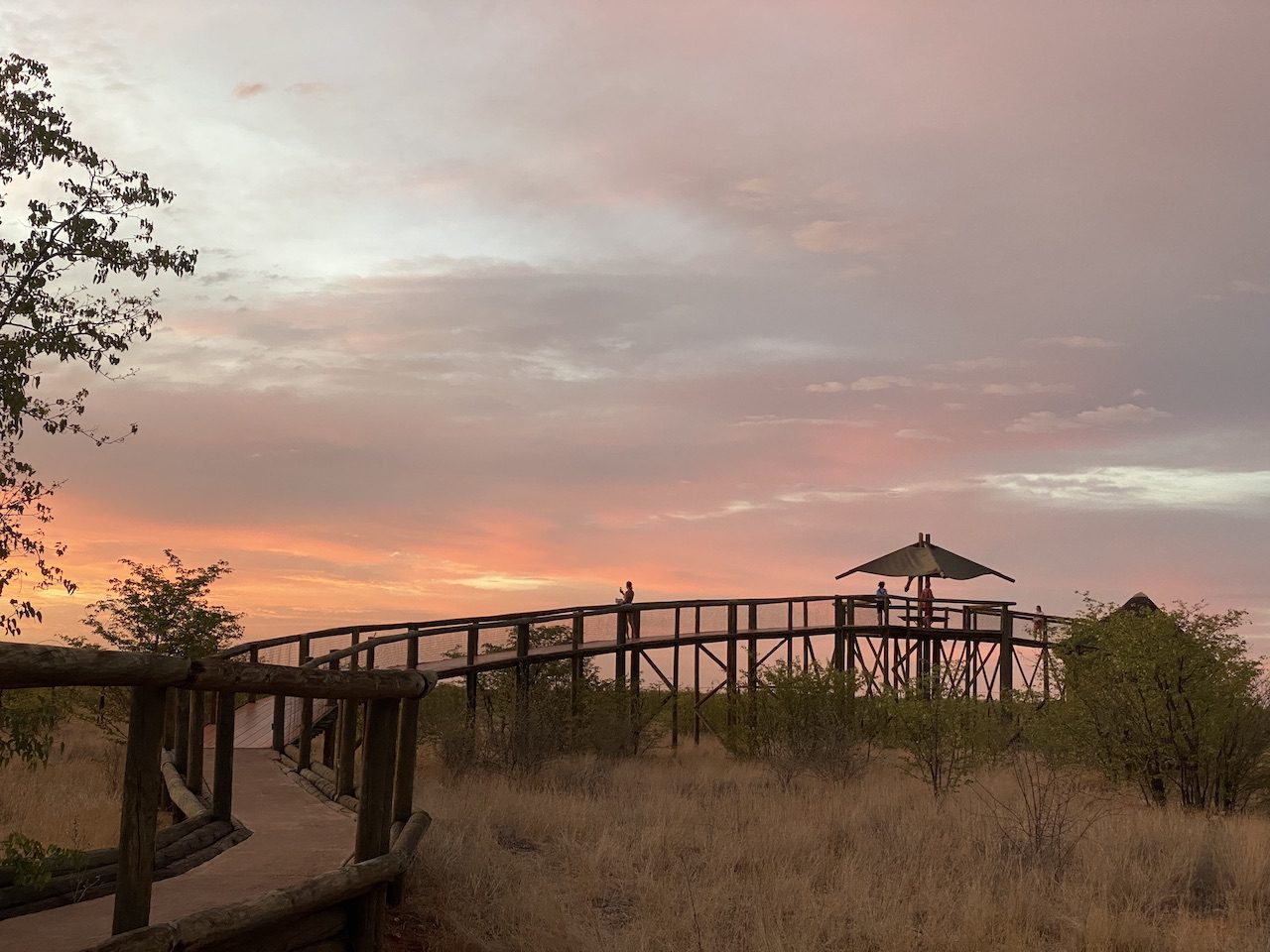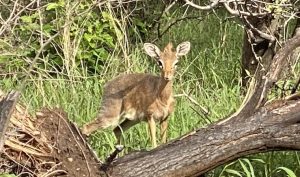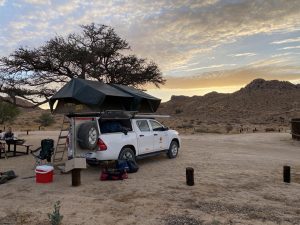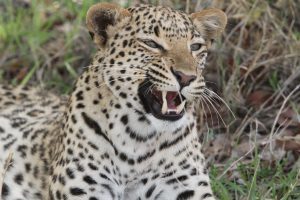🙂 Elephants. Elephants. Elephants. Black rhino at Hide. Sunsets. Scenery.
🙁 Everything to love!
Tuesday, 5 January 2021: Epupa Falls – Etosha Pan (Olifantsrus) (484Km) 32C
We were up at 07h00 and ready to go by 08h00 however there had been such disorganised chaos in our booking that it took over an hour to sort out! In the end we actually got a free dinner. Did a top up at Crazy multi-cultural Spar. Gave some little child all our groceries from the fridge and boxes as replenishing them for fresh items – he was very happy!! The drive went fairly quickly and we arrived at 18h00. We were SO excited to get to Etosha Pan! Arrived at Ratel Draf waterhole first. Just WOW!!! A group of elephants were snoozing in the sun.
In excess of 100 or more ellies were all taking it in turns to queue to drink water and were exchanging greetings before they swapped spots at the water hole with families rumbling gently to each other after patiently waiting at the side ….10 giraffe, numerous zebra with brand new foals and lots of springbok. Spent 30minutes watching them and then reluctantly had to move on to get to our camp in time. Paradise….
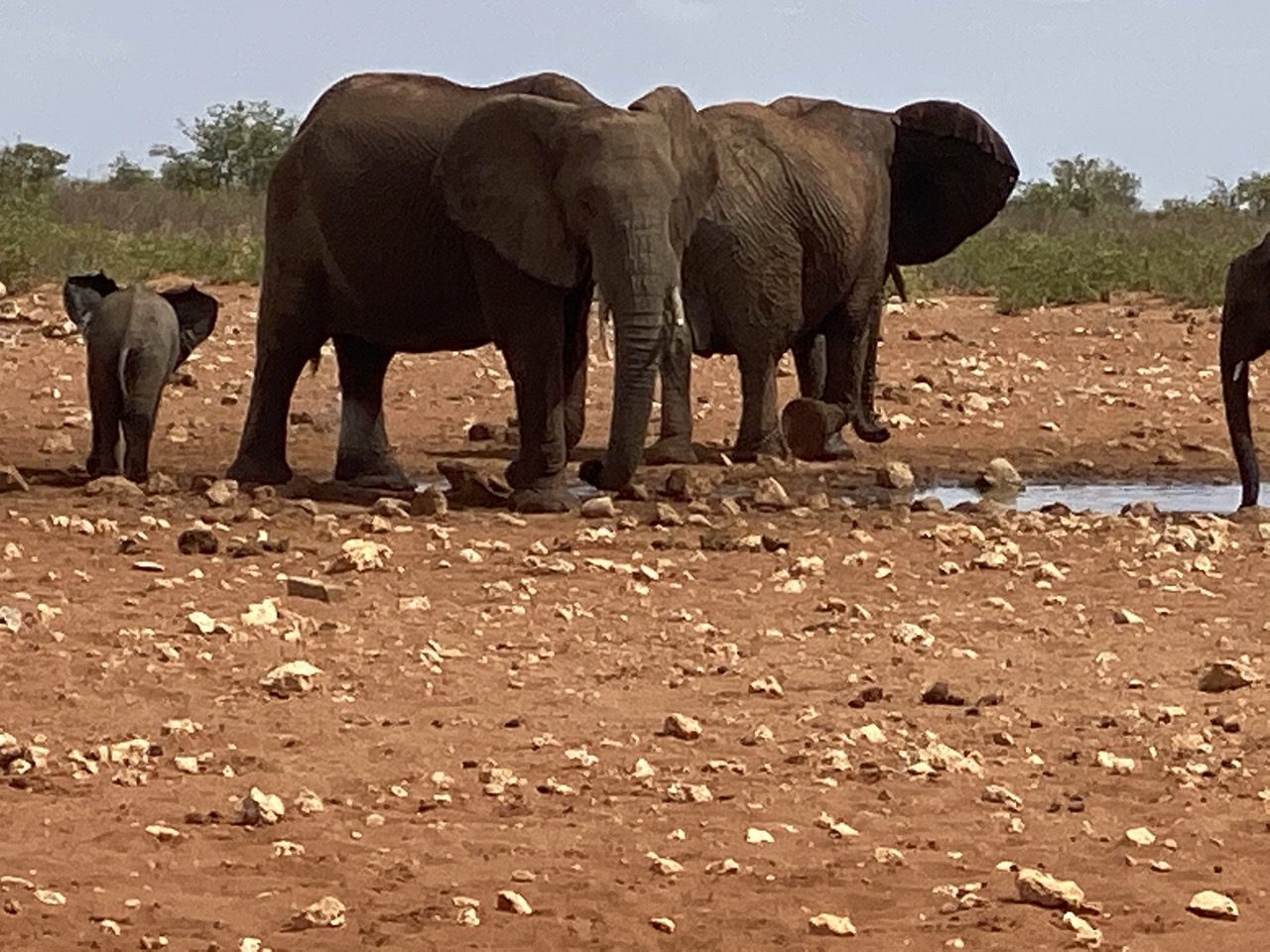
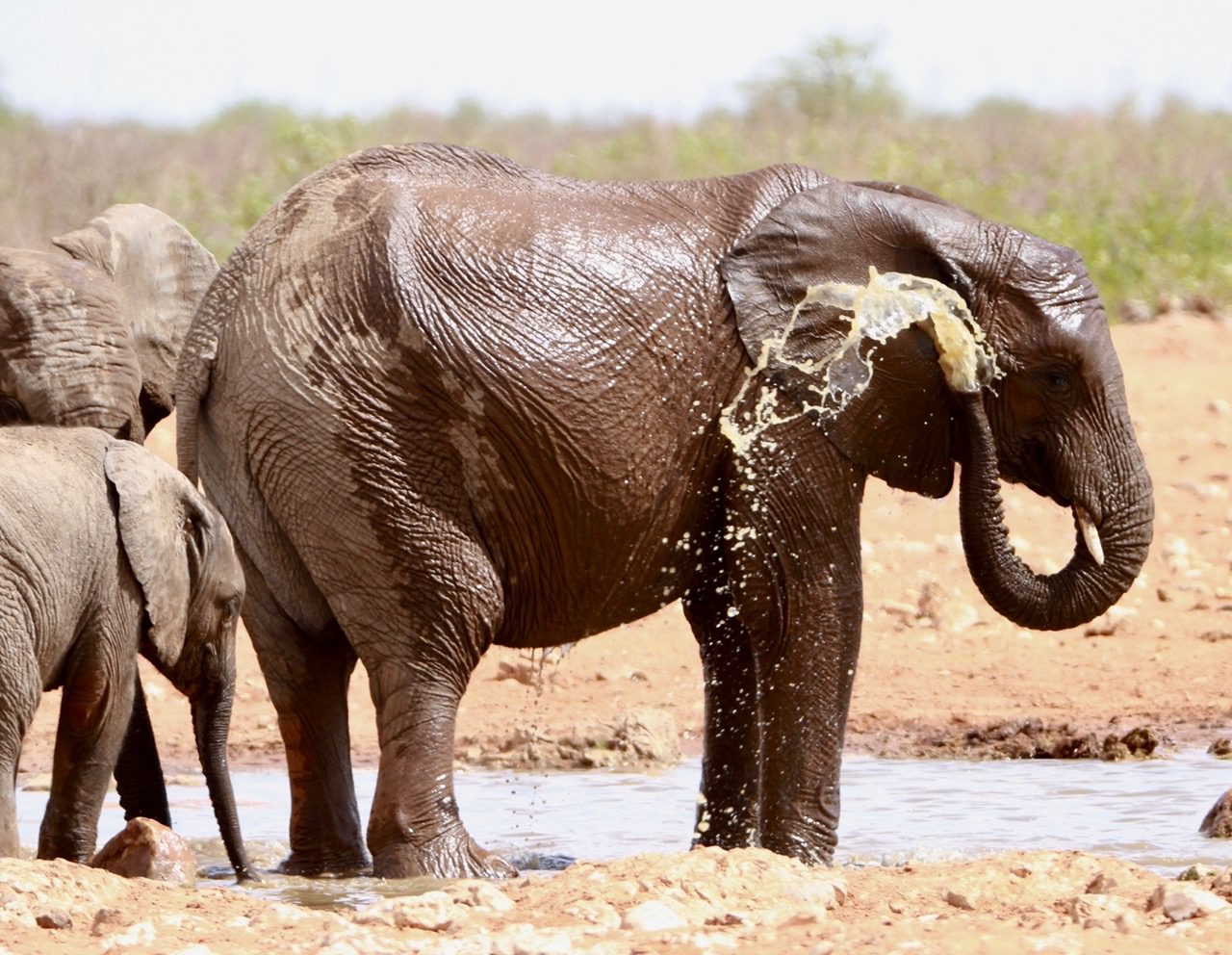
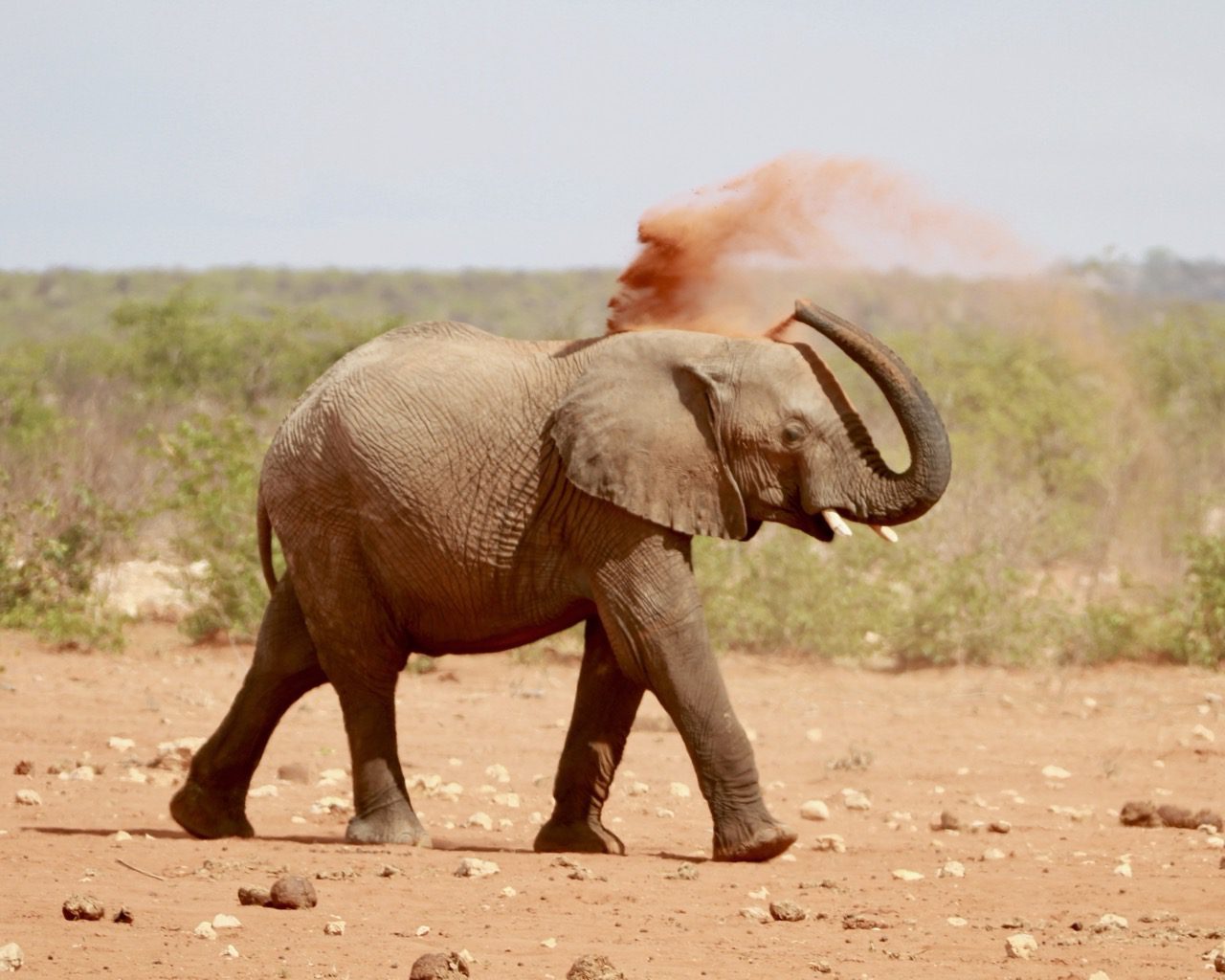
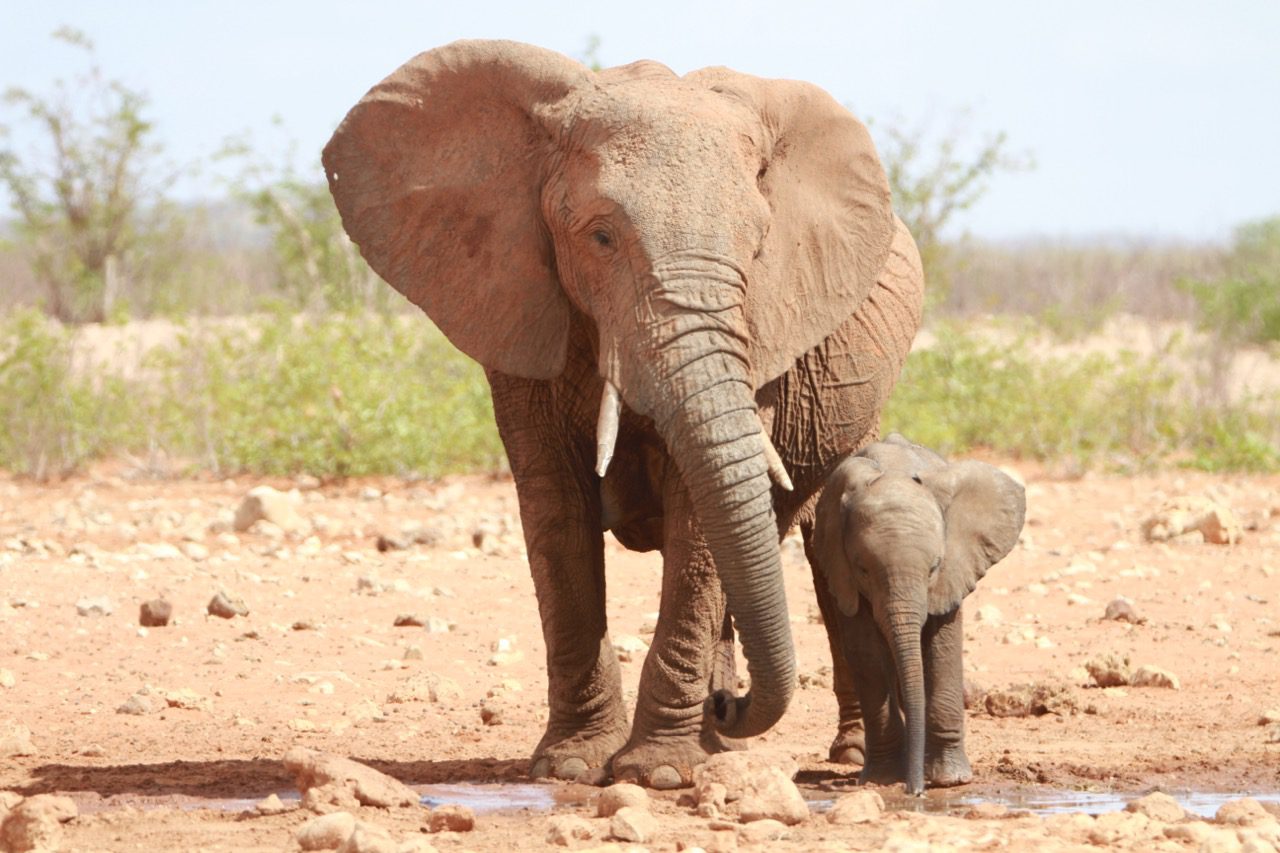
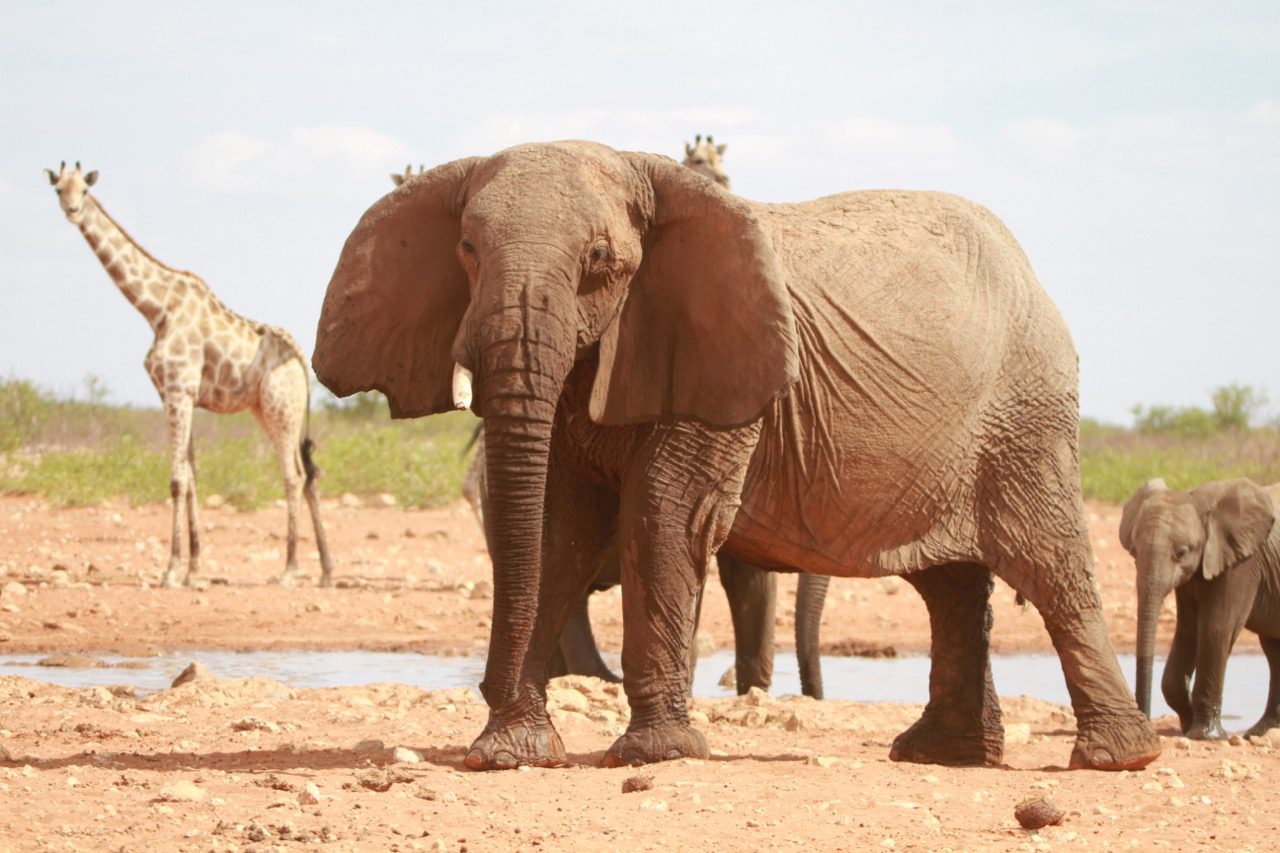
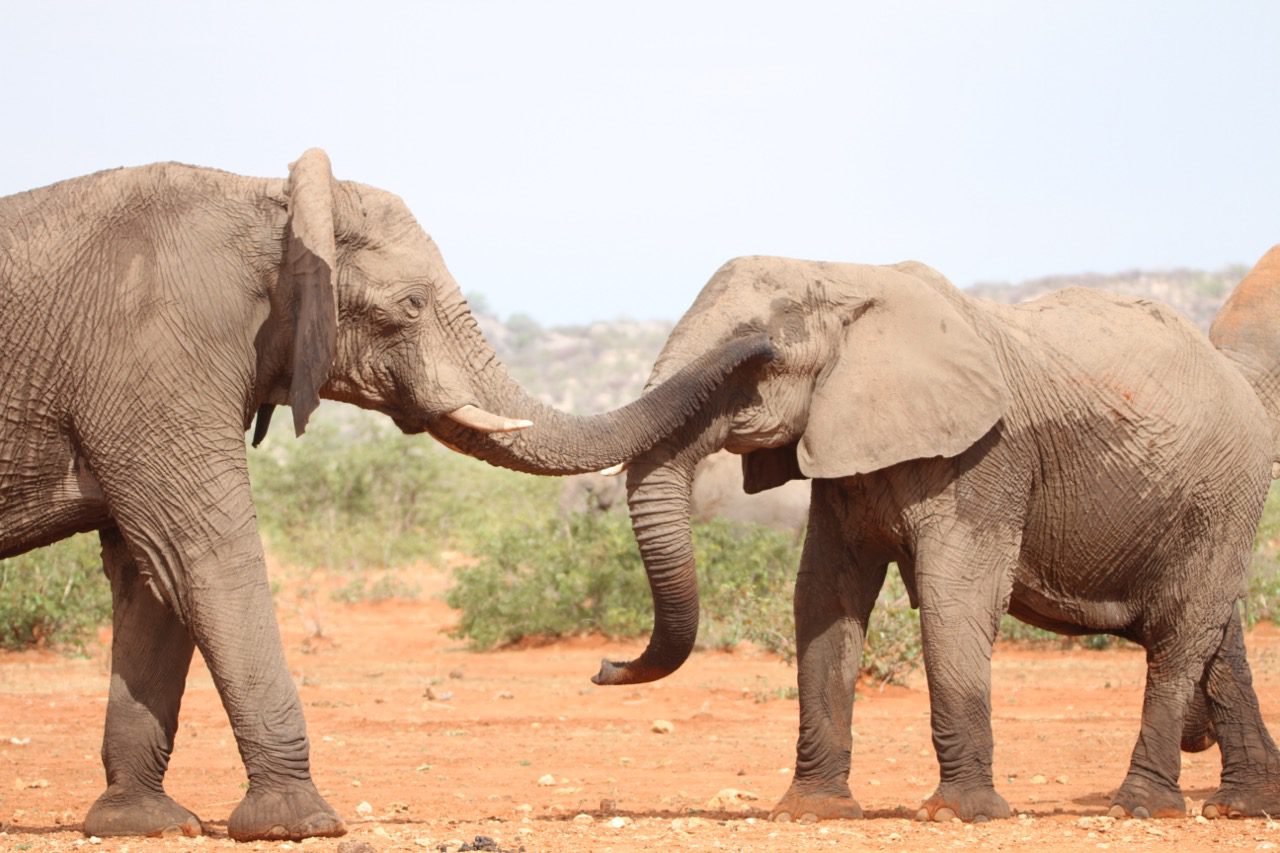
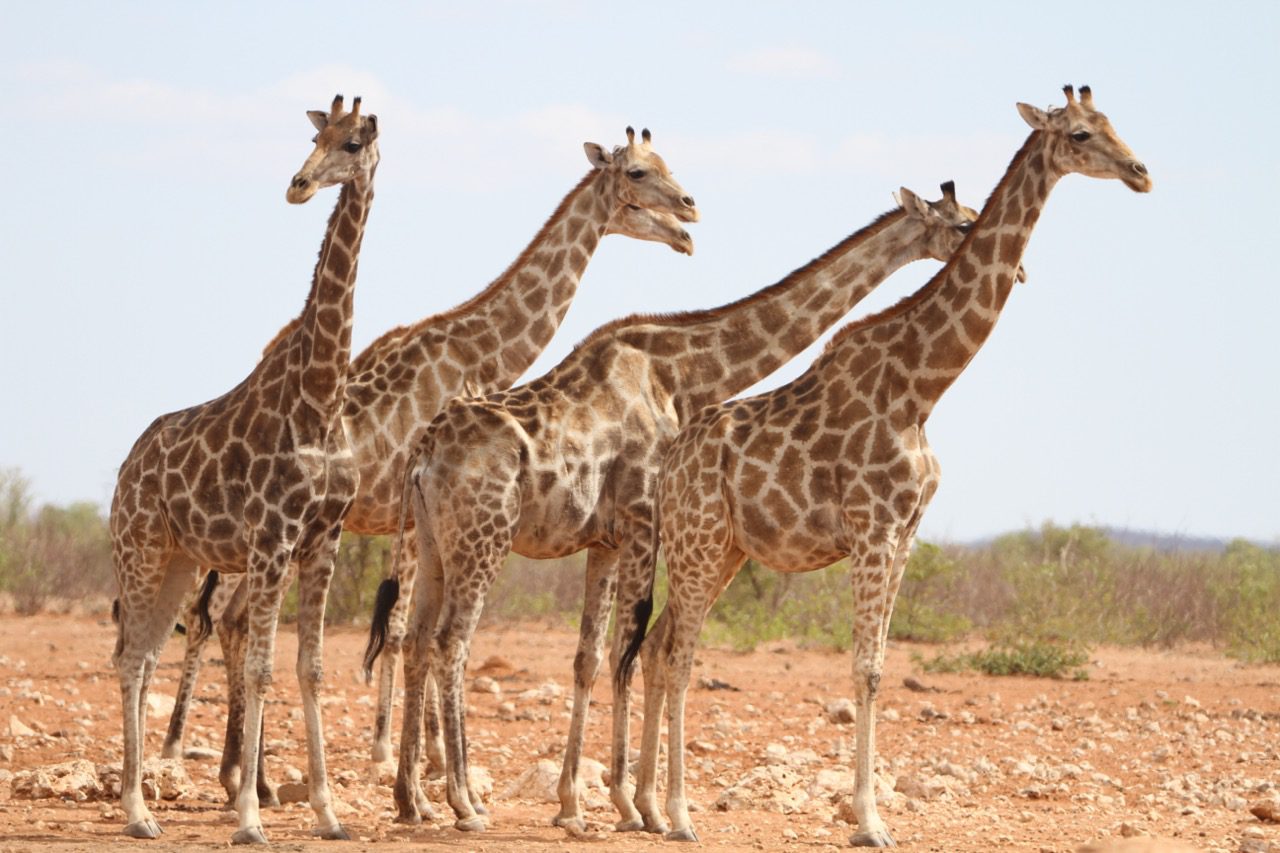
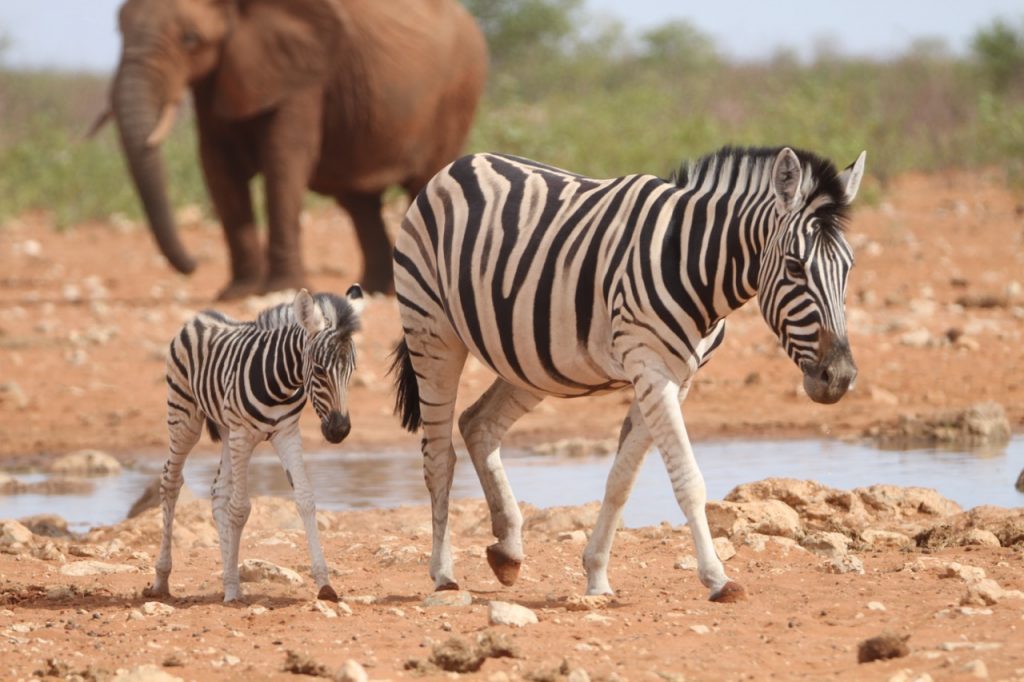
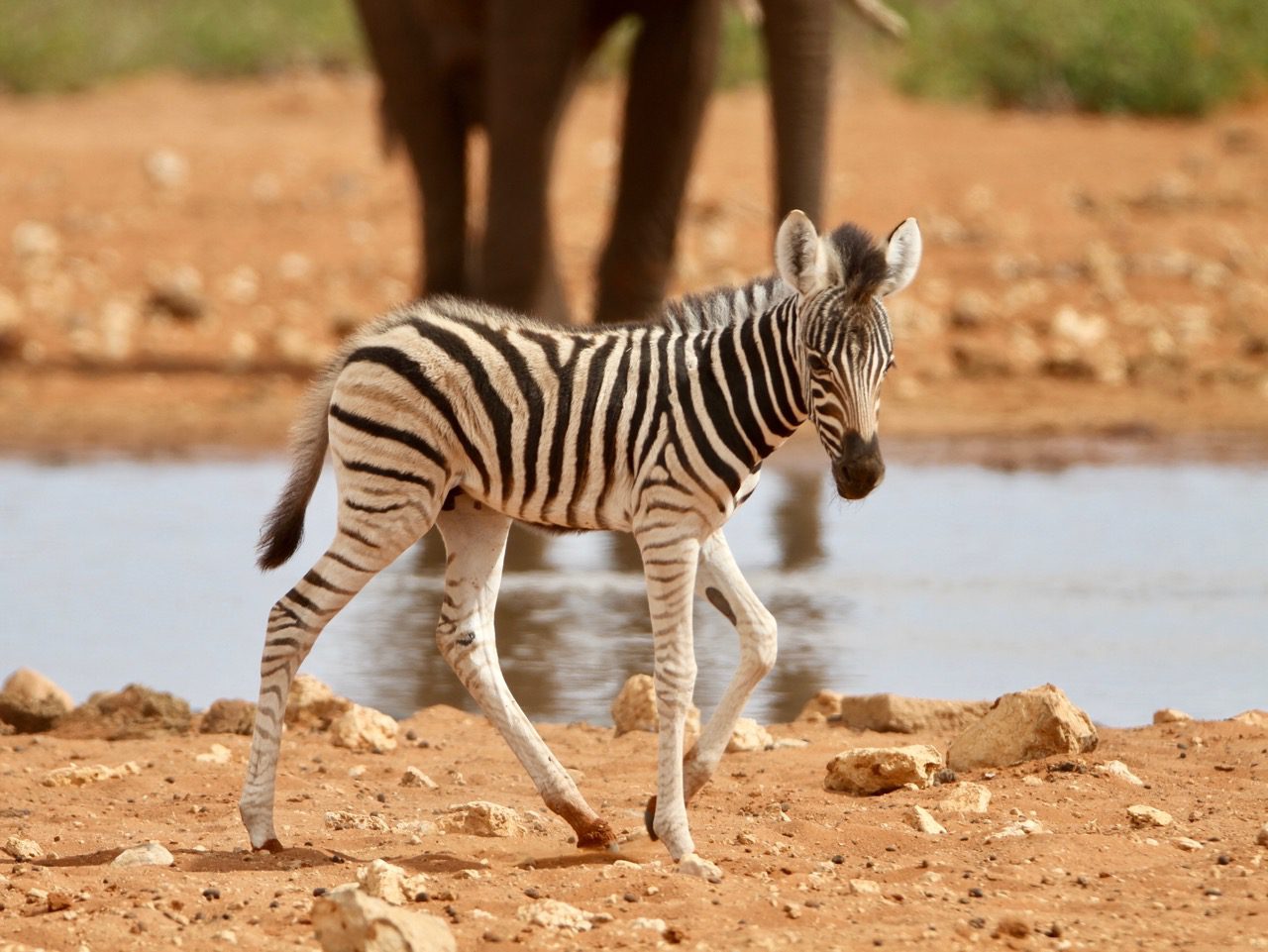

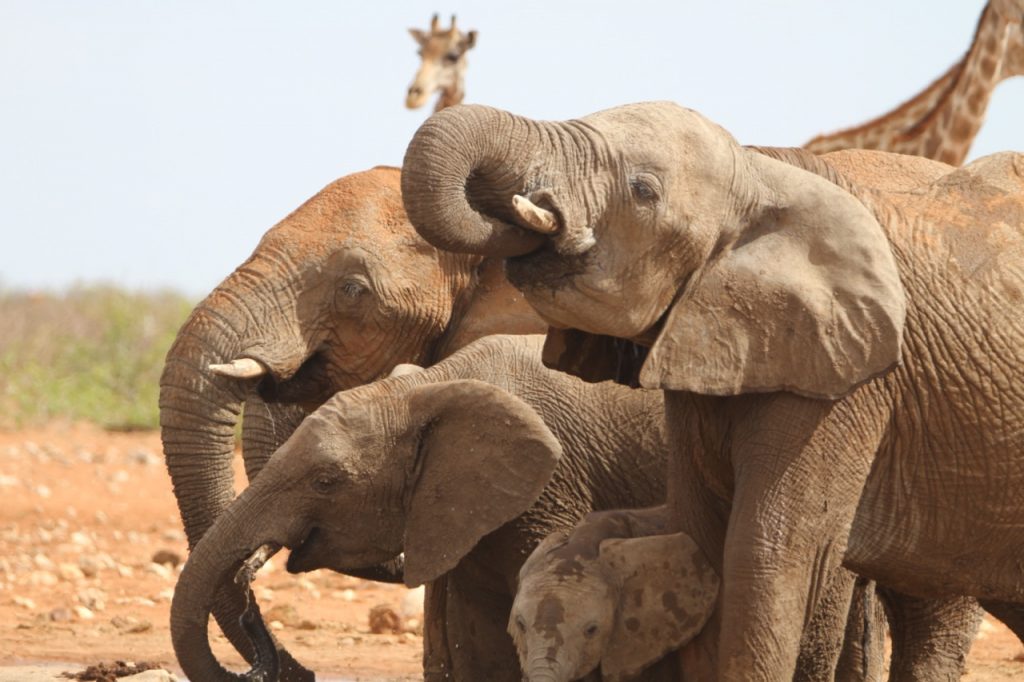
Next water hole was hosting terrapins, vultures jackals, koorhaan couple calling and bones.
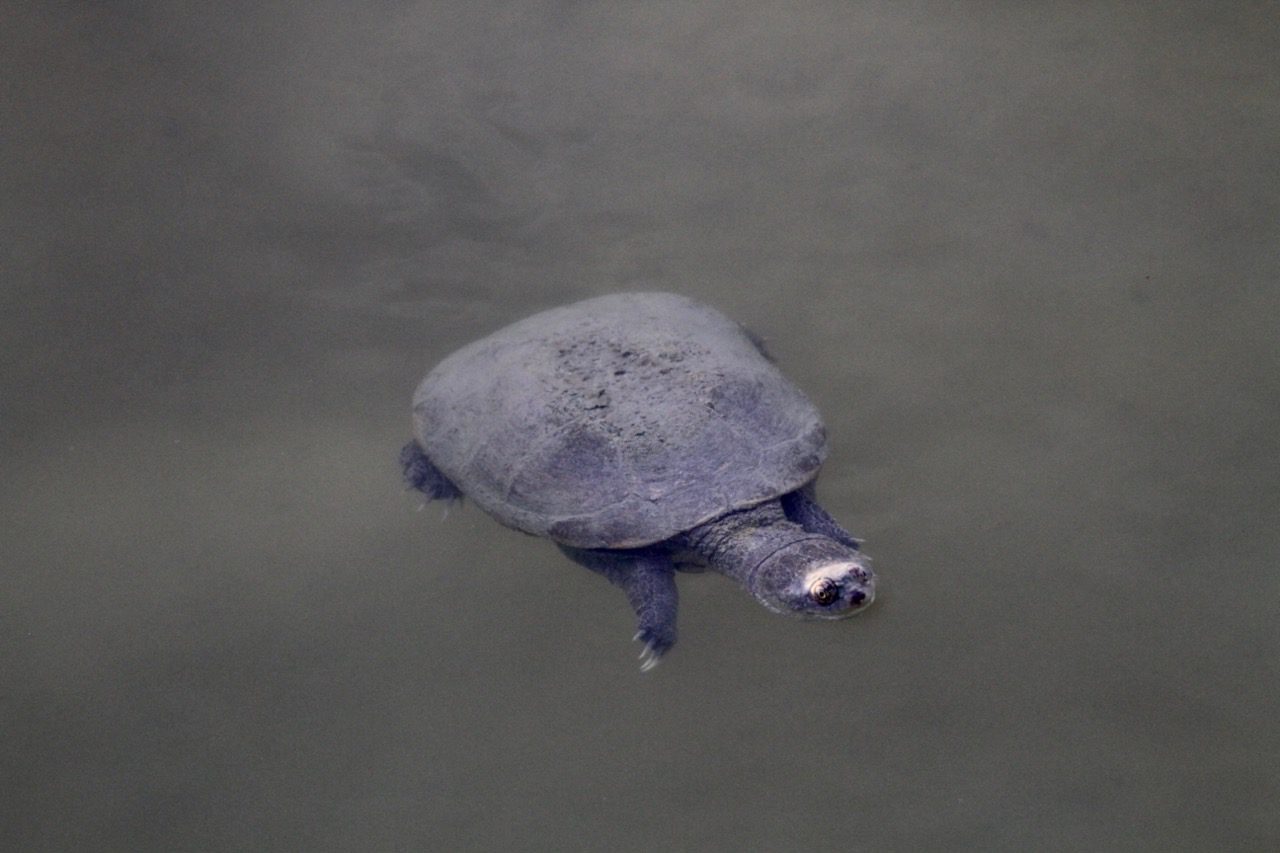
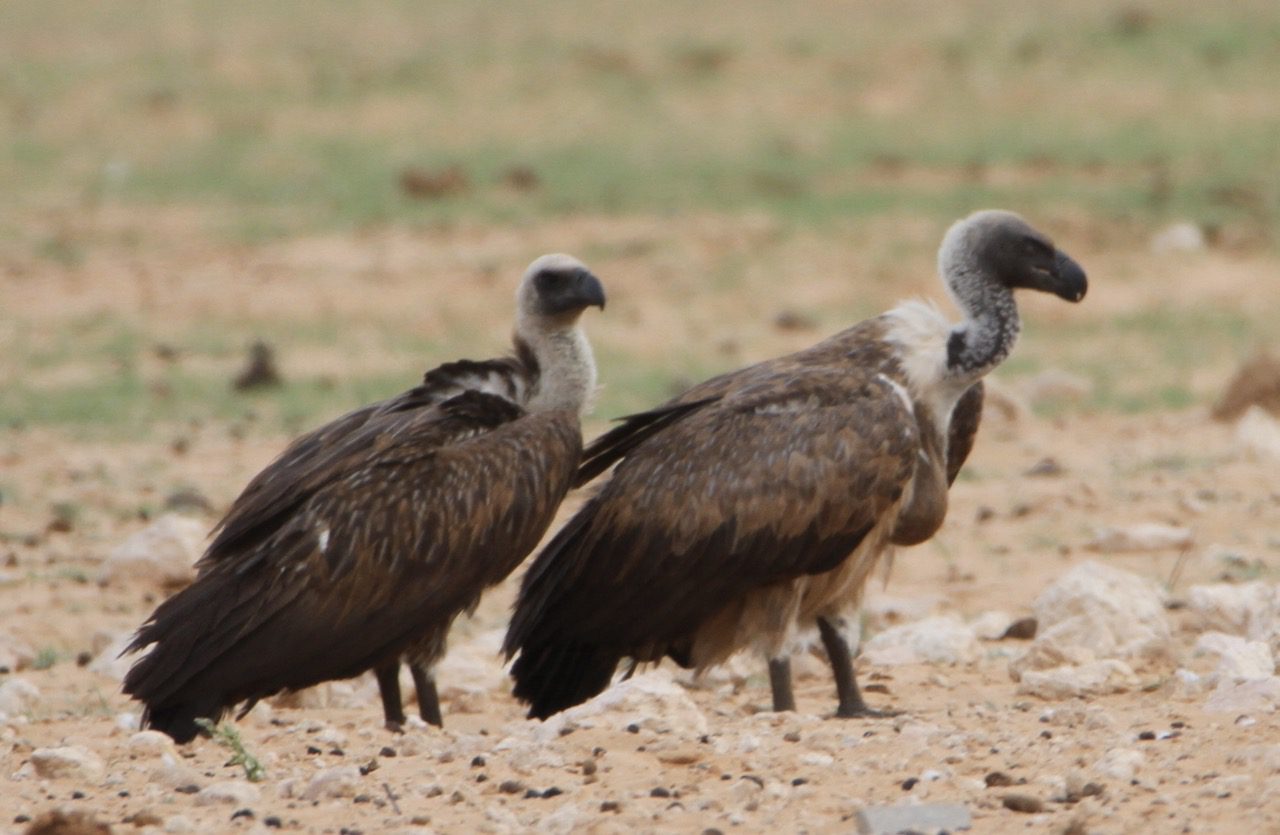
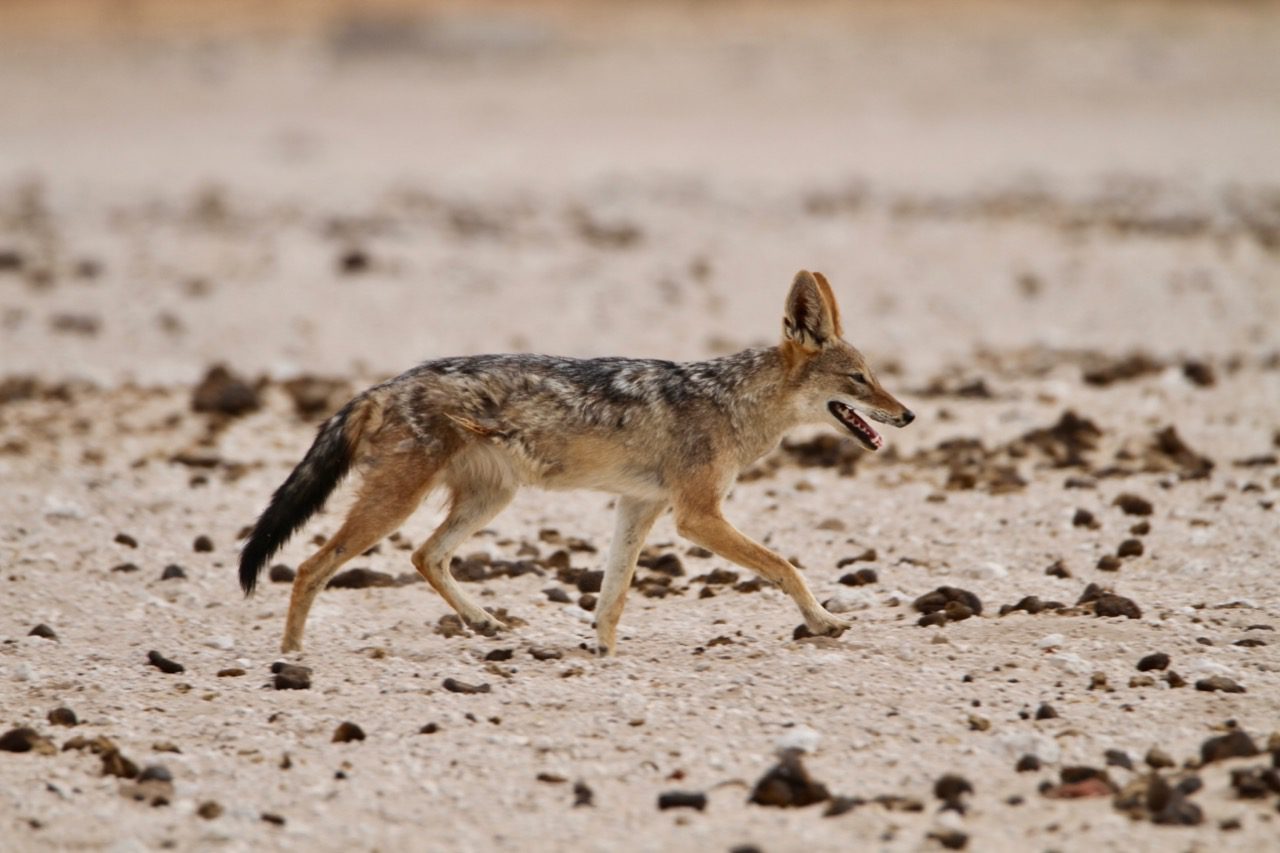
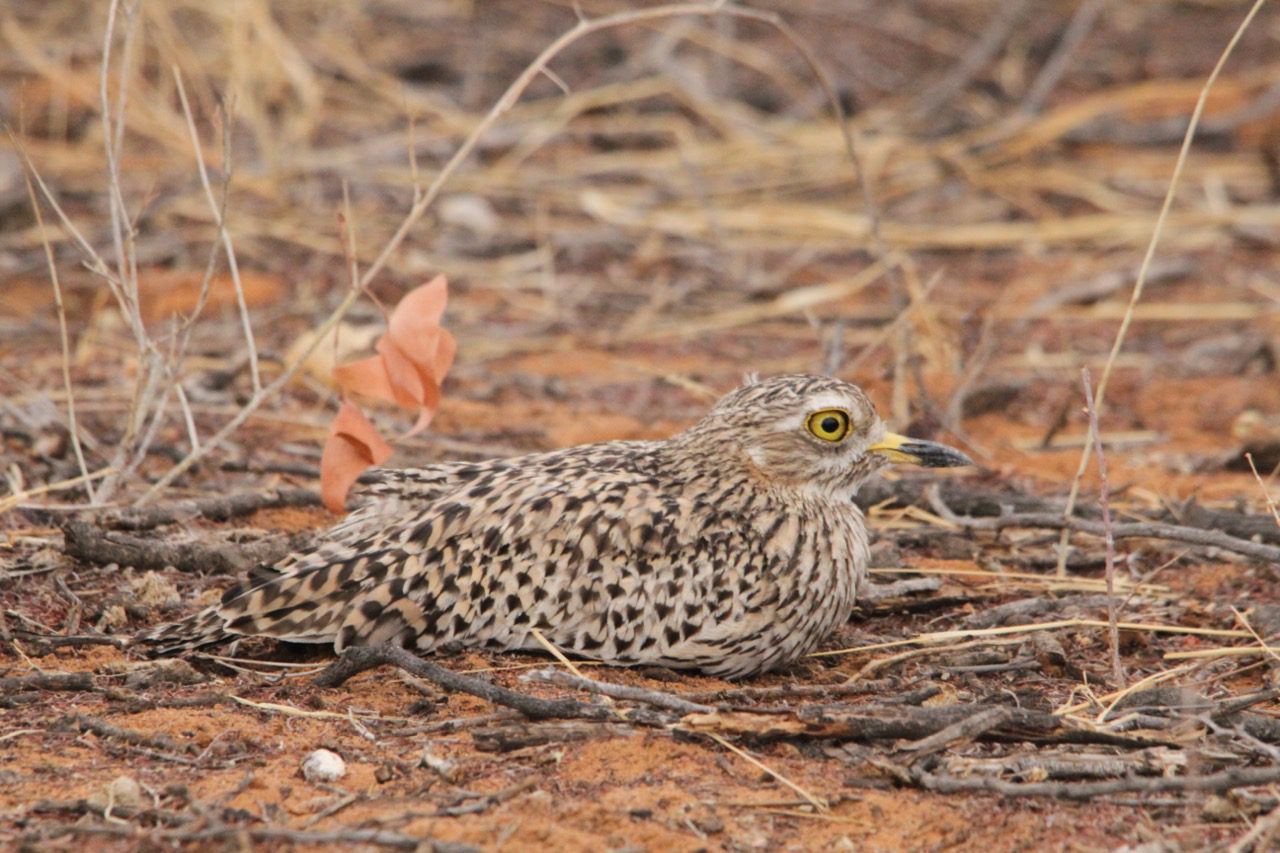

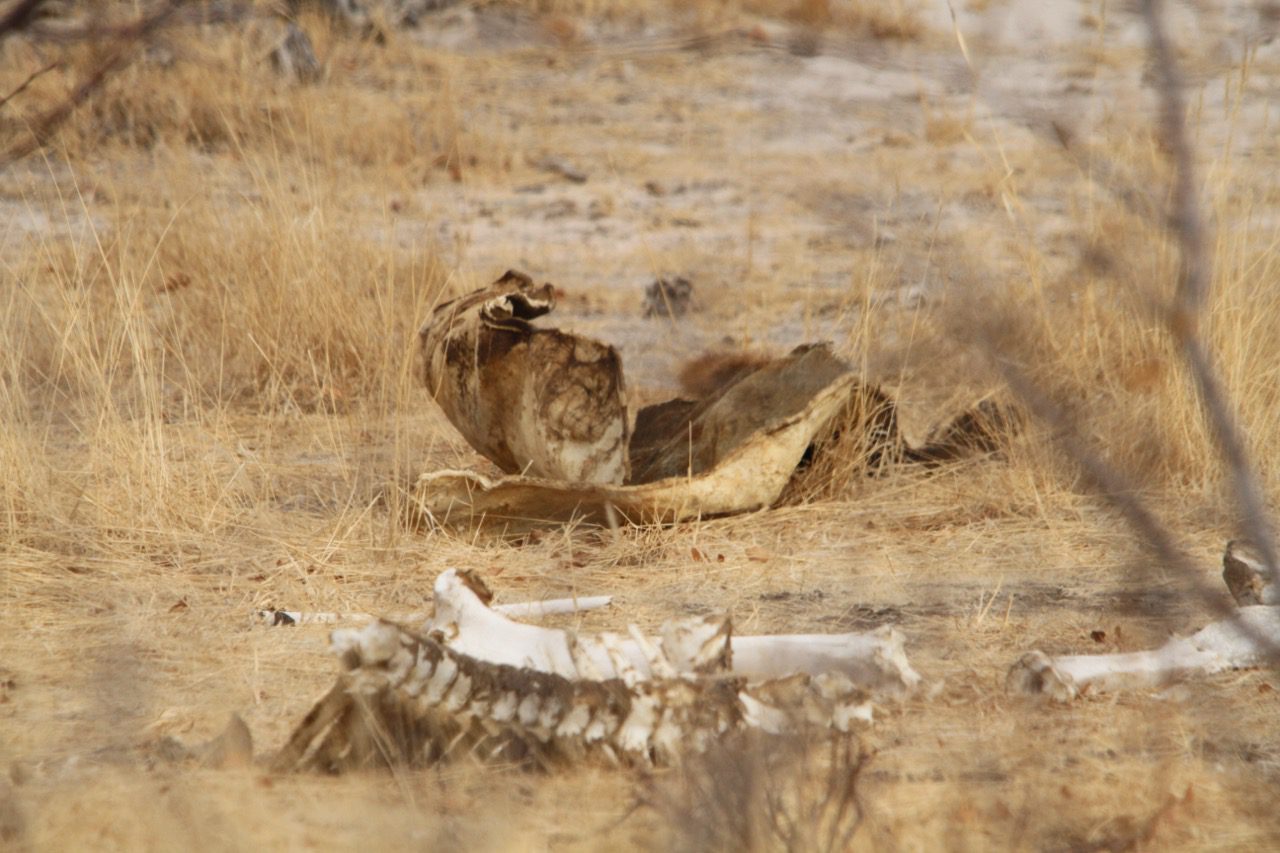
Arrived at Olifantsrus – we were told that our reservation had been cancelled!! Fortunately a lovely chap sorted it all out for us without a hitch as I had the covering e-mail. Olifantsrus has a small info centre which provides some history of the camp. Between 1983-1985 it was necessary to cull about 525 elephants when the population exploded from 500 in 1967 to 3000 in 1983. You can still see the huge steel structures which were used to hoist the animals for butchering as well as a few sun dried skulls which remain as a daunting reminder of the past.
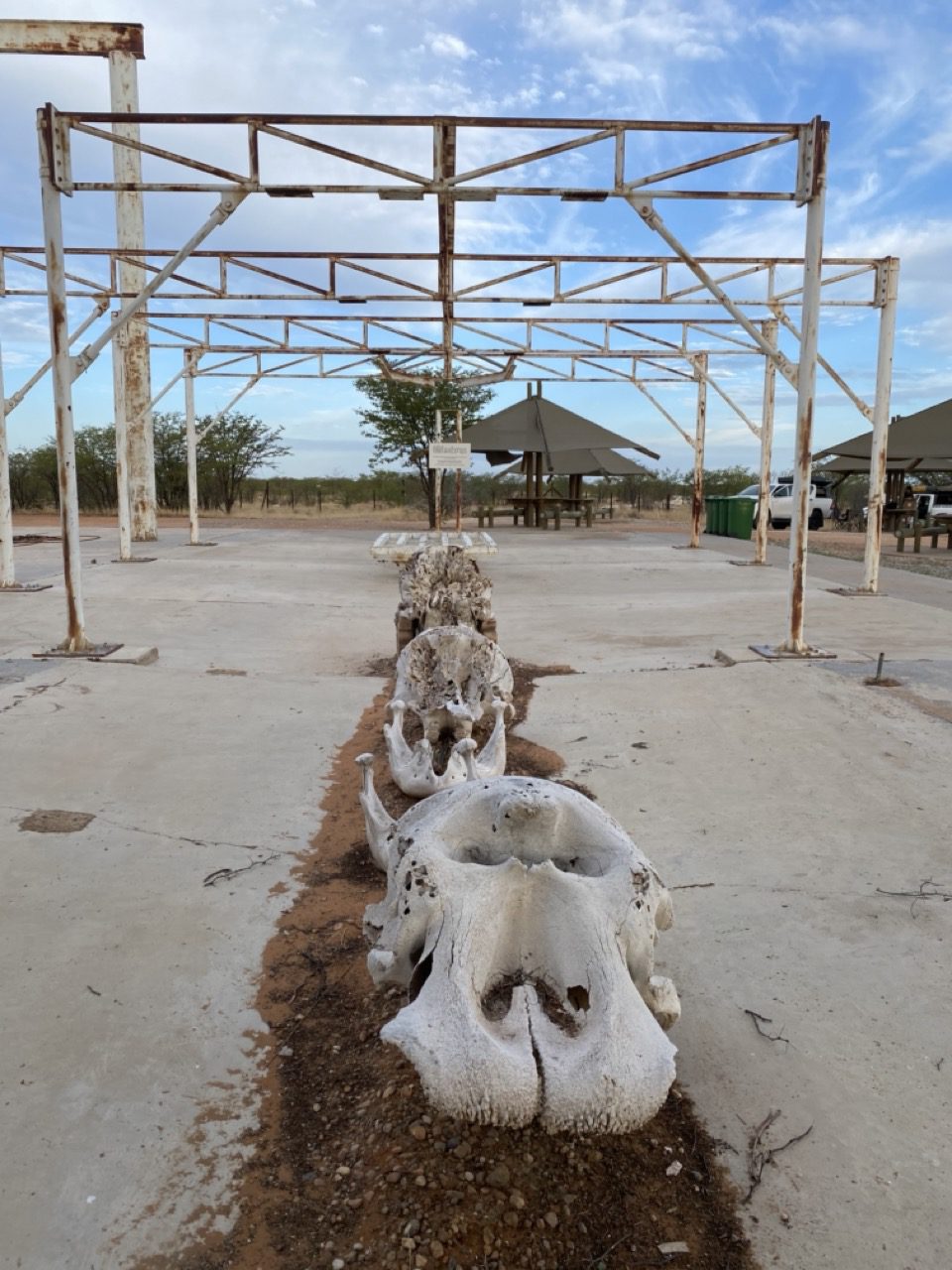
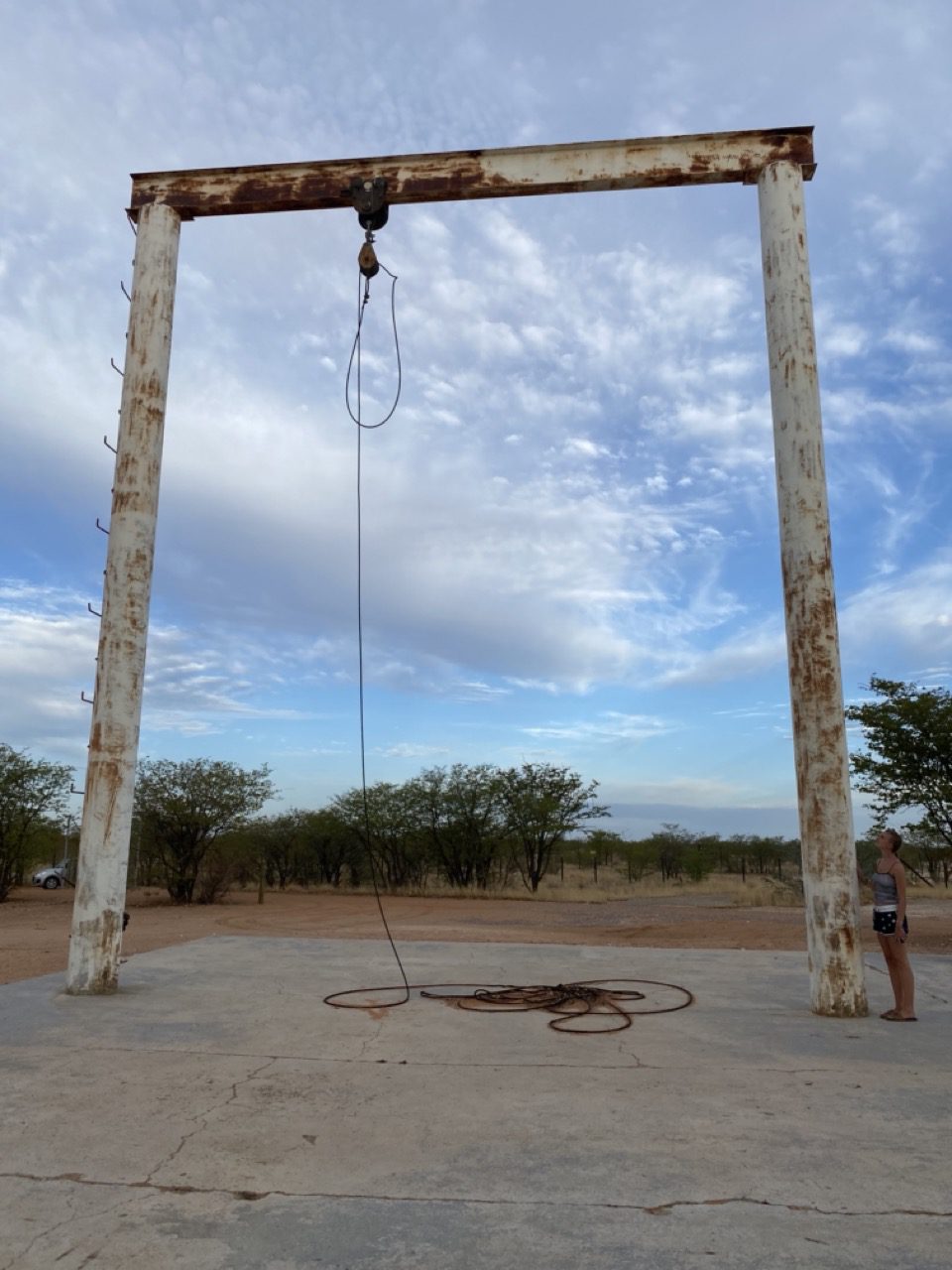
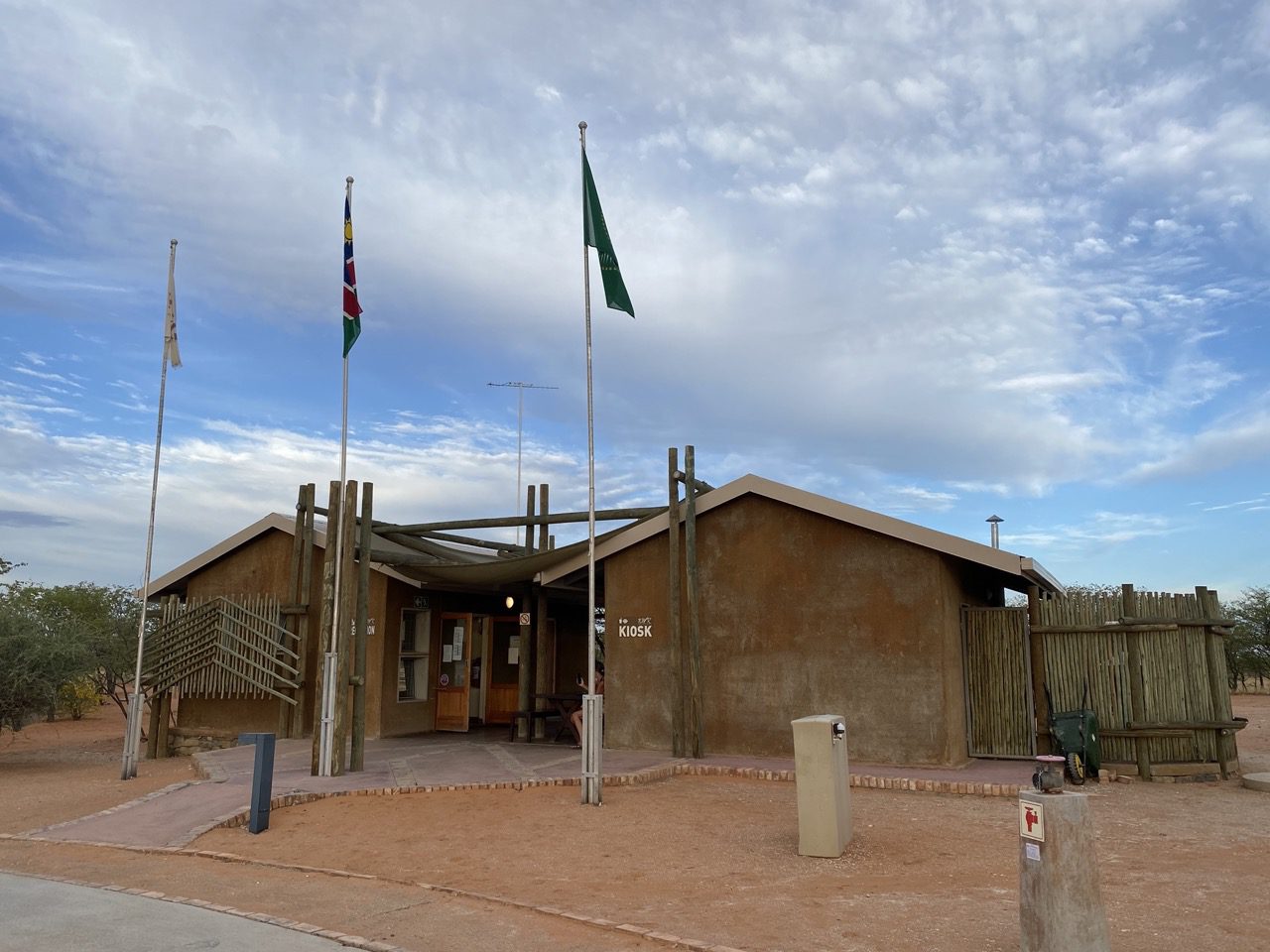
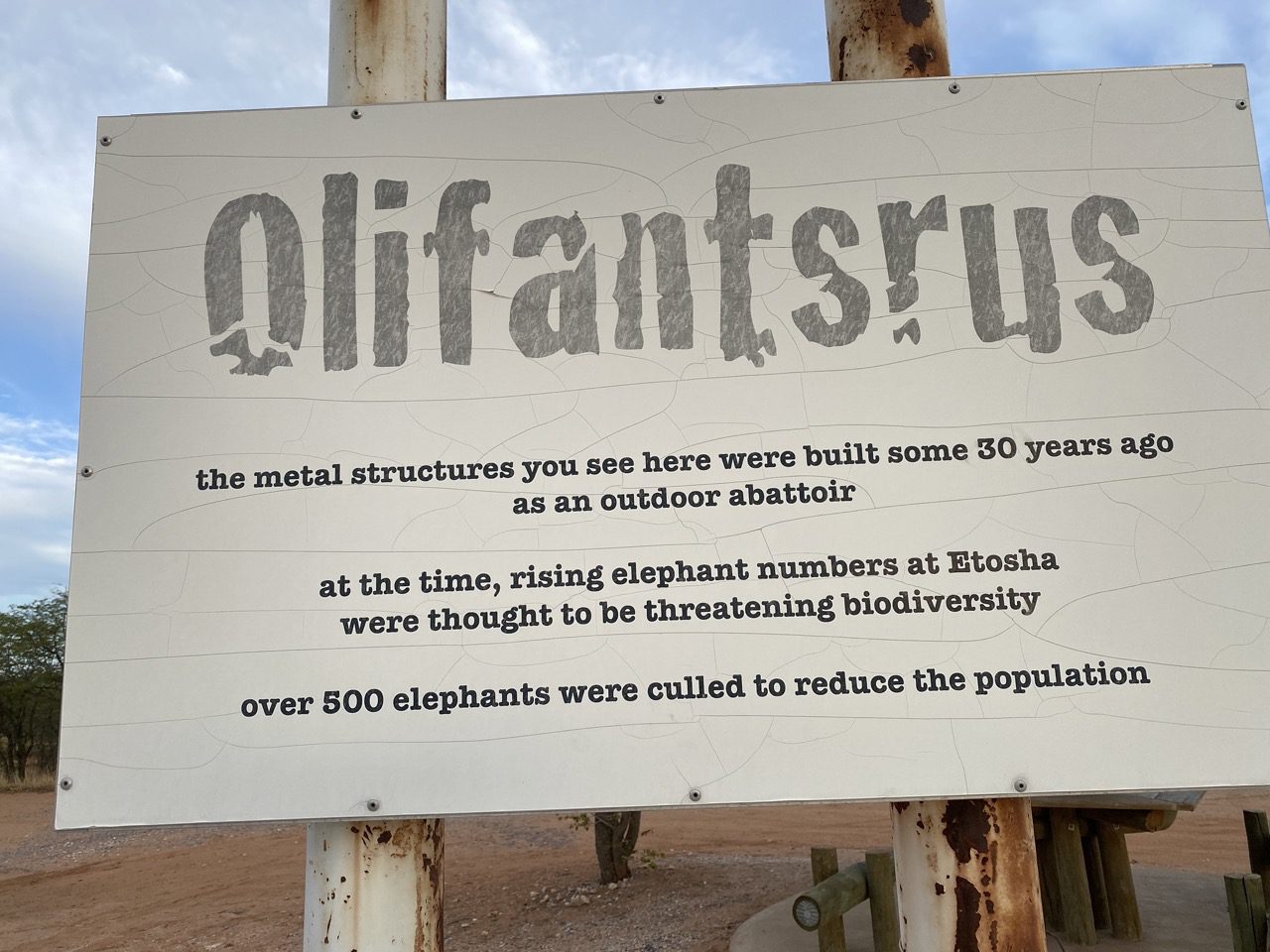
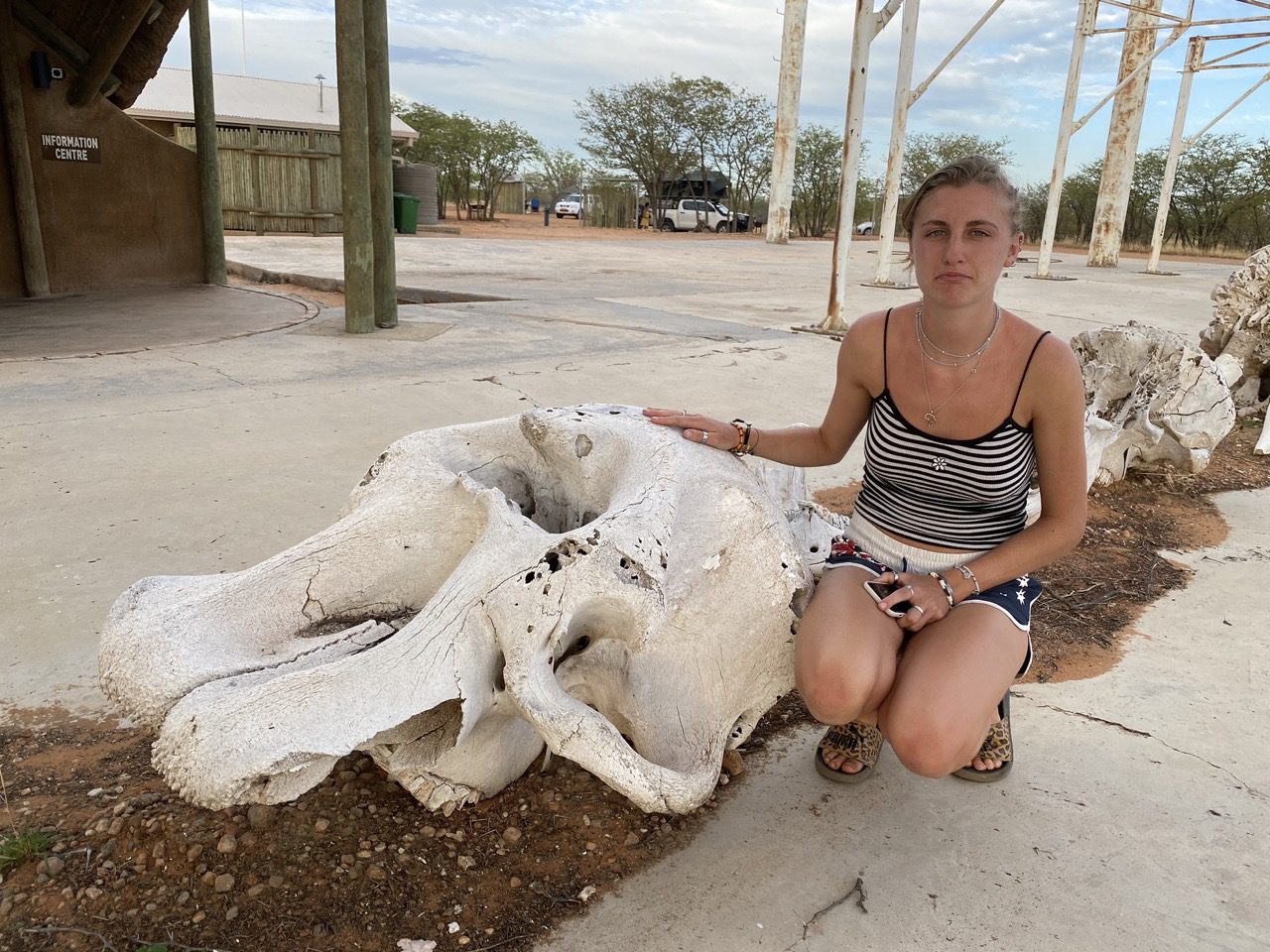
We took the spot next to the hide entrance.
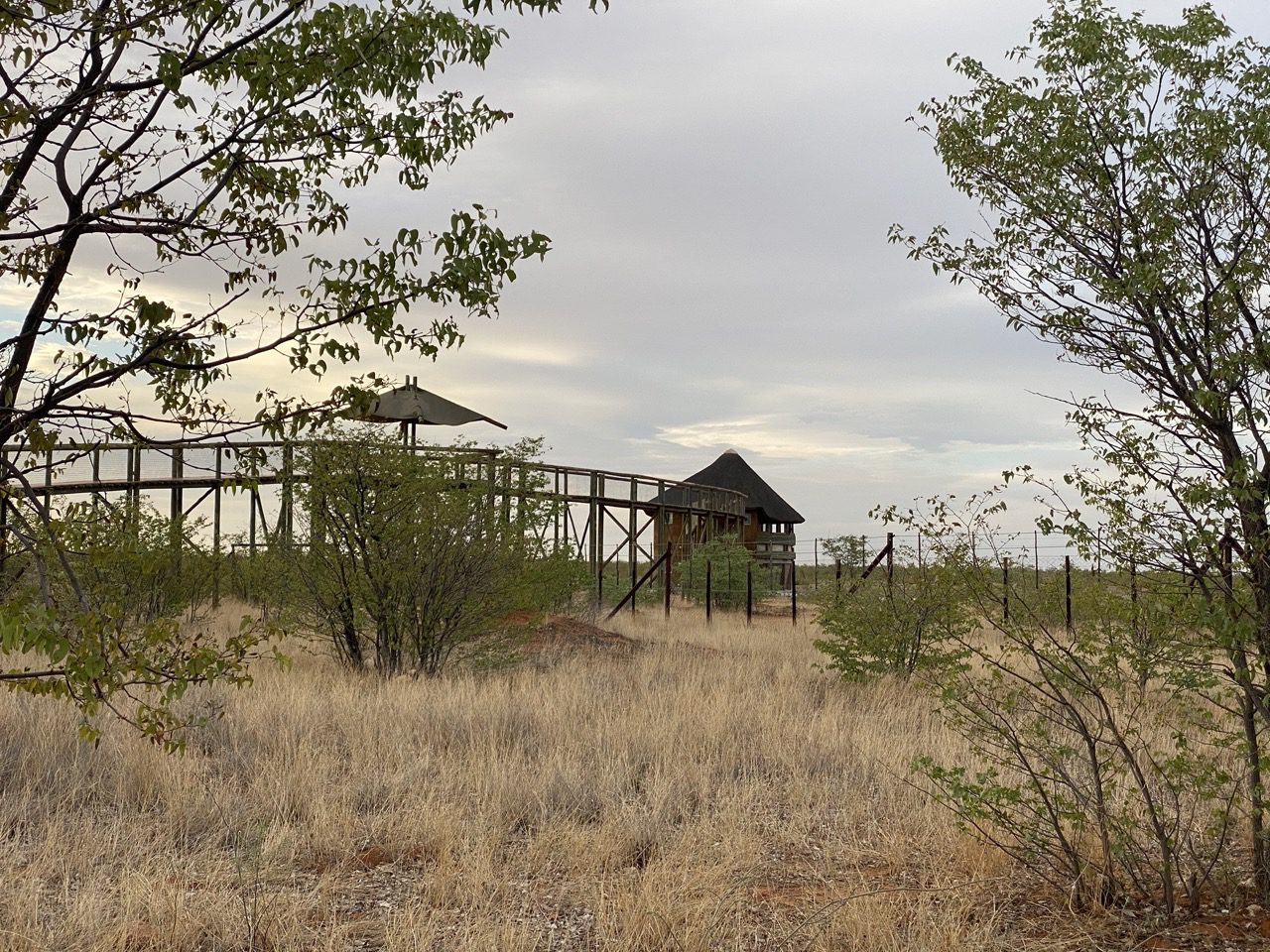
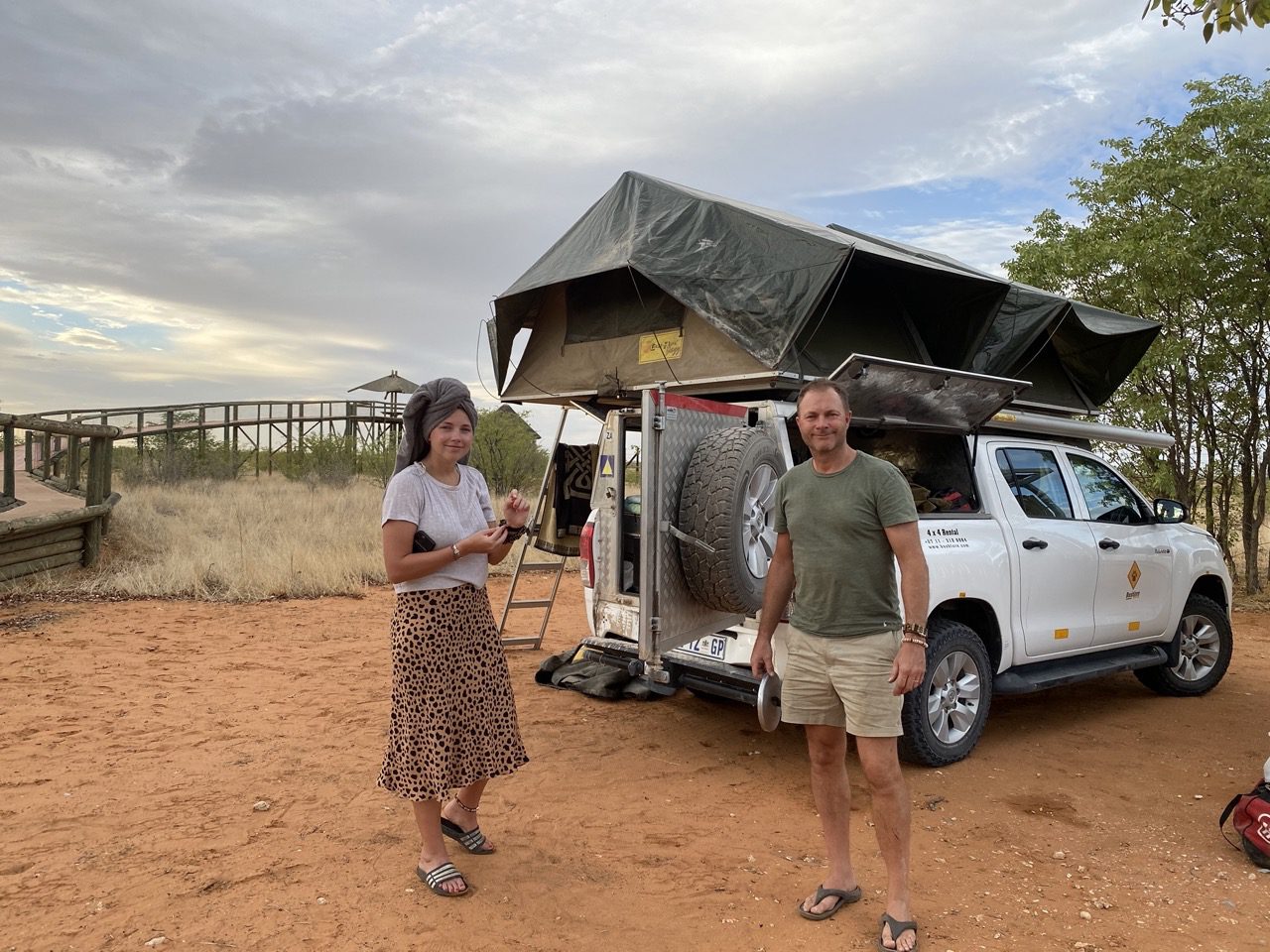
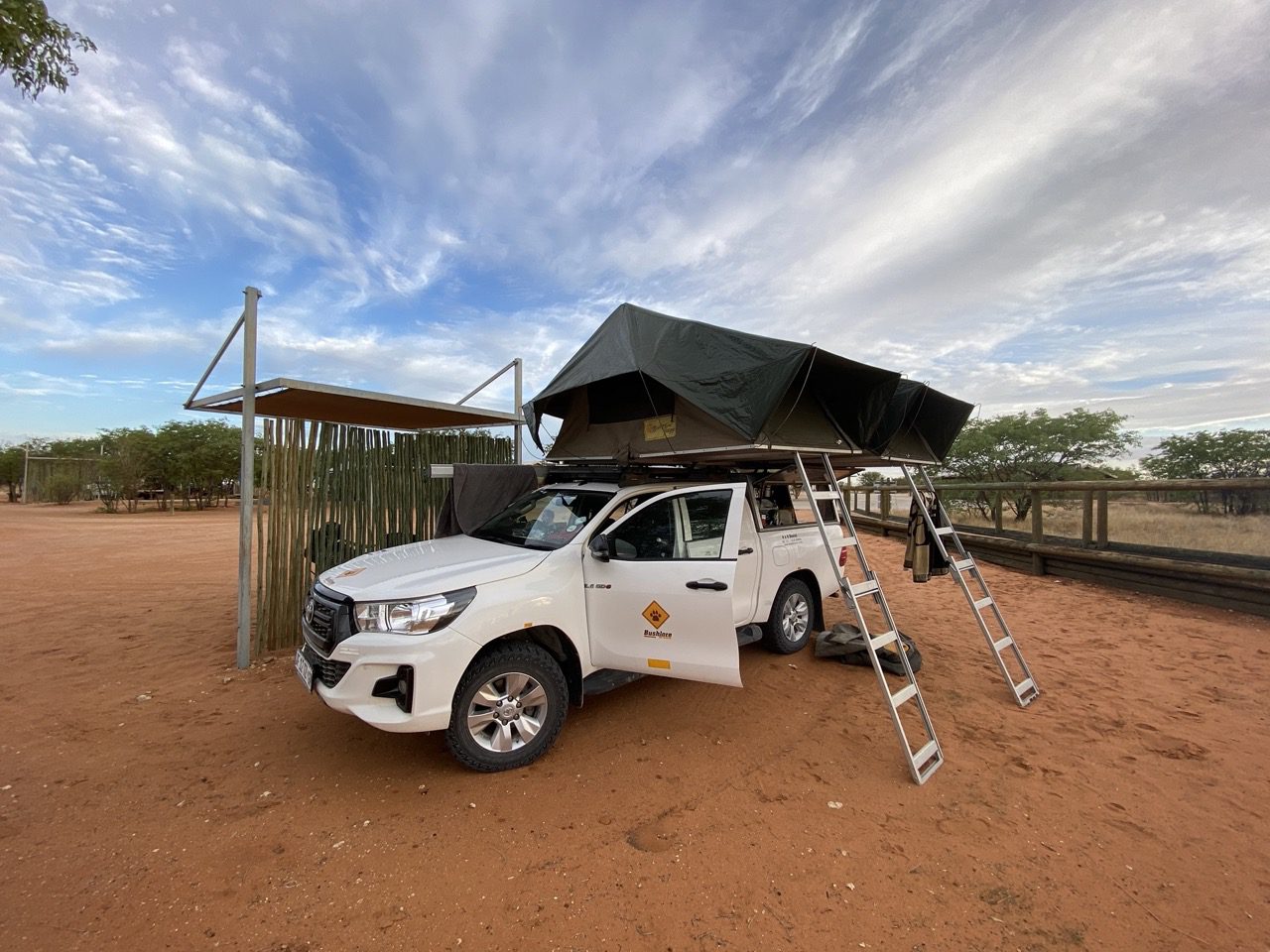
Stunning sunset! Had a lovely braai of chicken and salad.
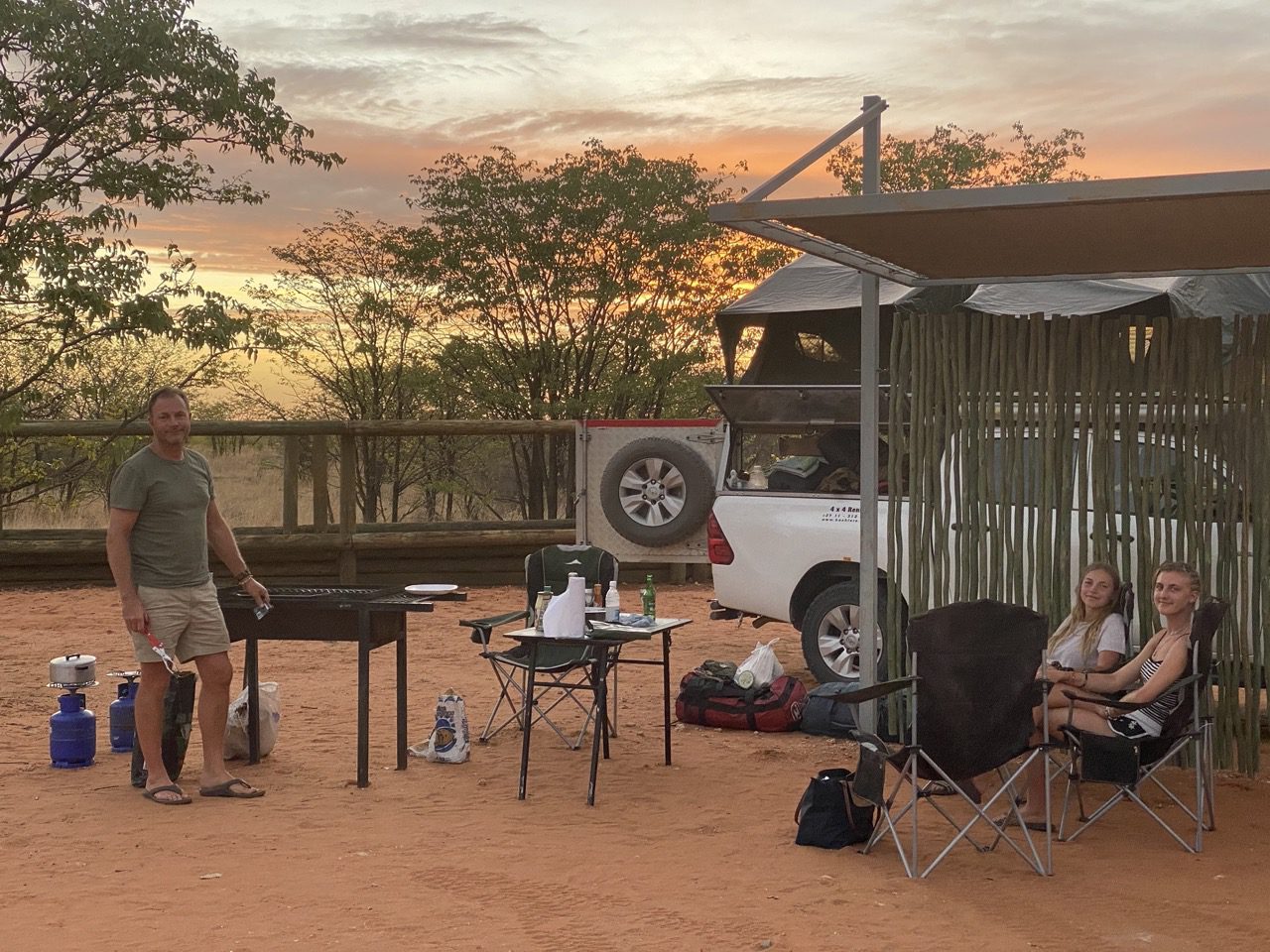
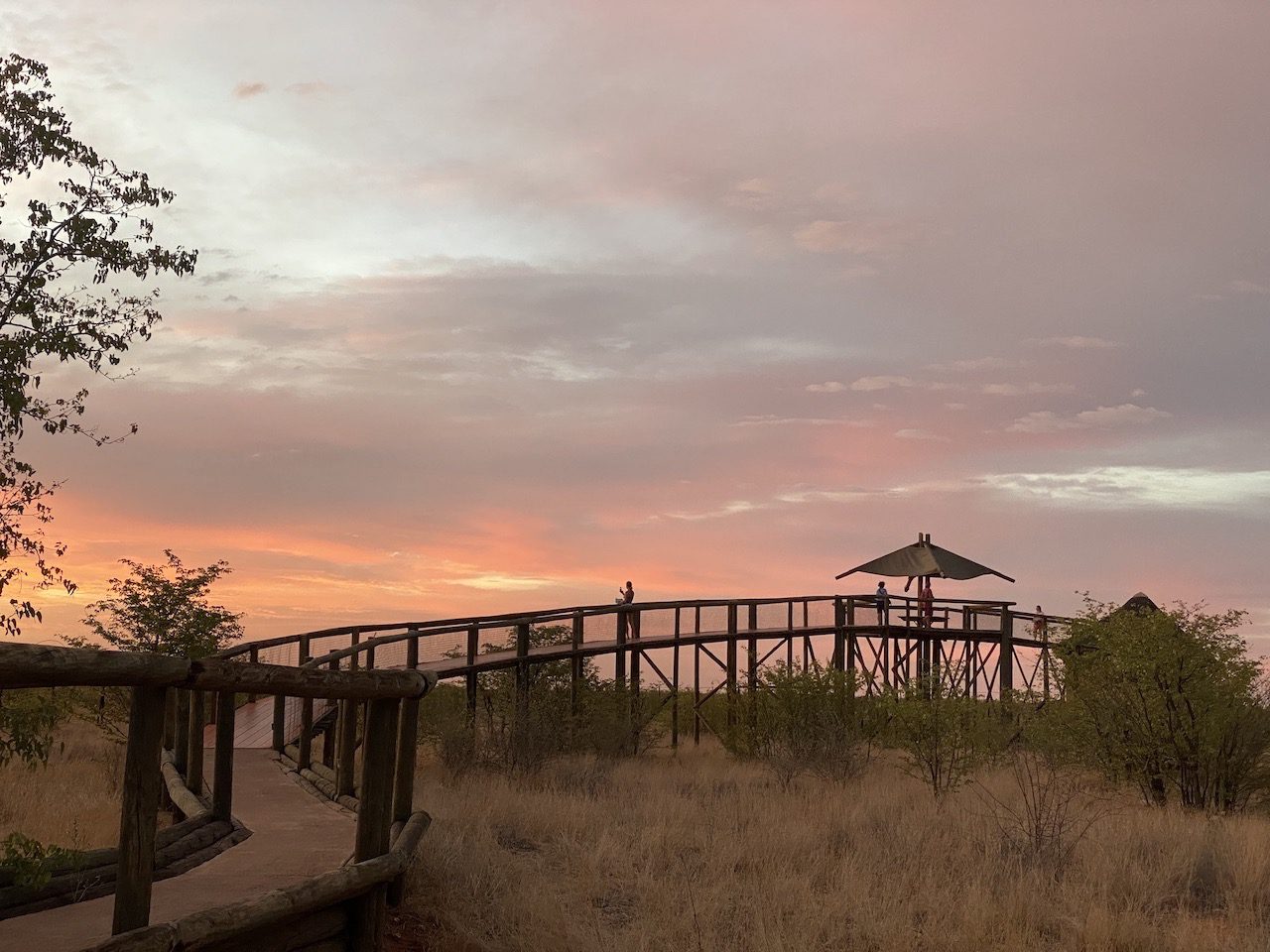
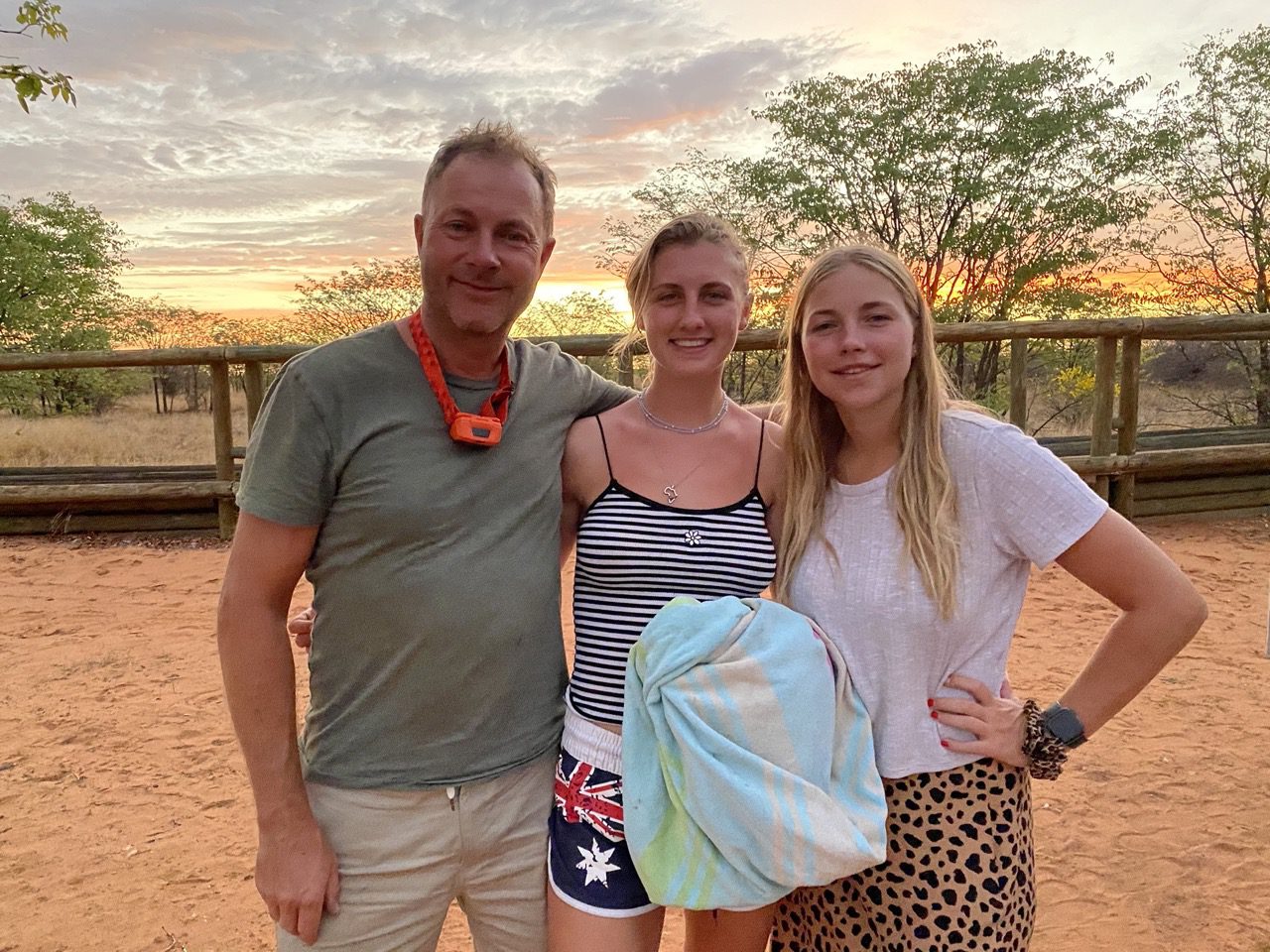

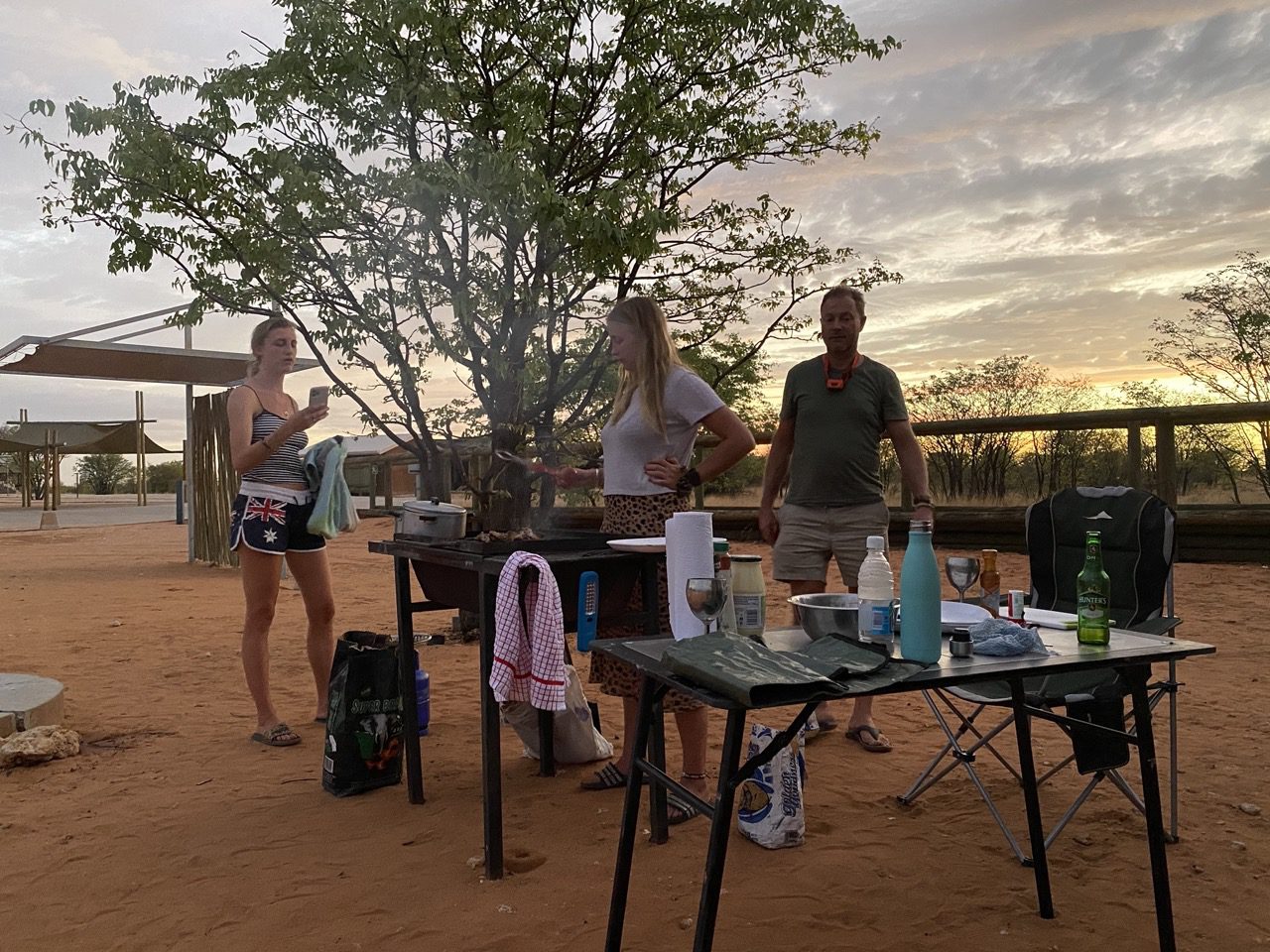
Rescued a scorpion which some Eastern European tourists were planning to kill! It was a dangerous scorpion which we moved well away from camp with a spade.
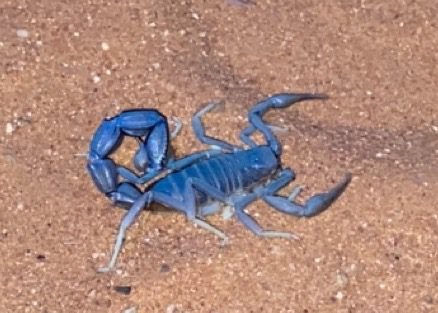
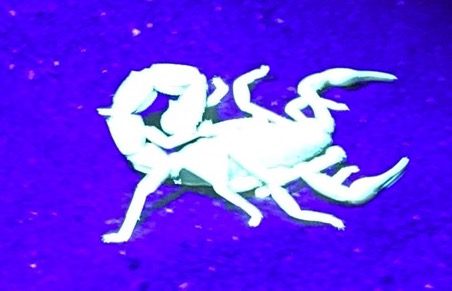
We went to the hide and were delighted to find a black rhino snoozing – well, until Paul dropped his spade with a bang and the poor thing nearly died of shock and stormed off into the night!!
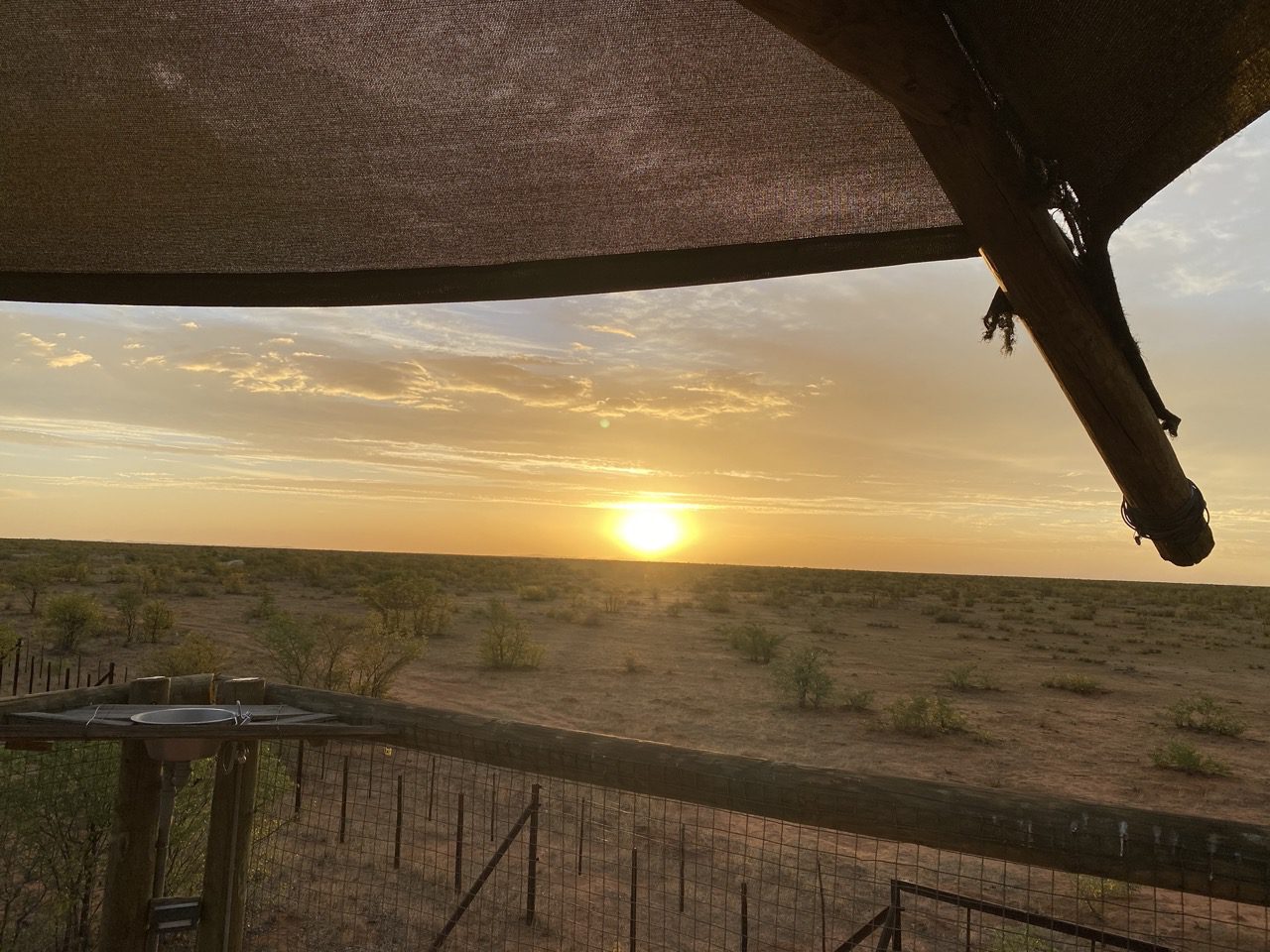
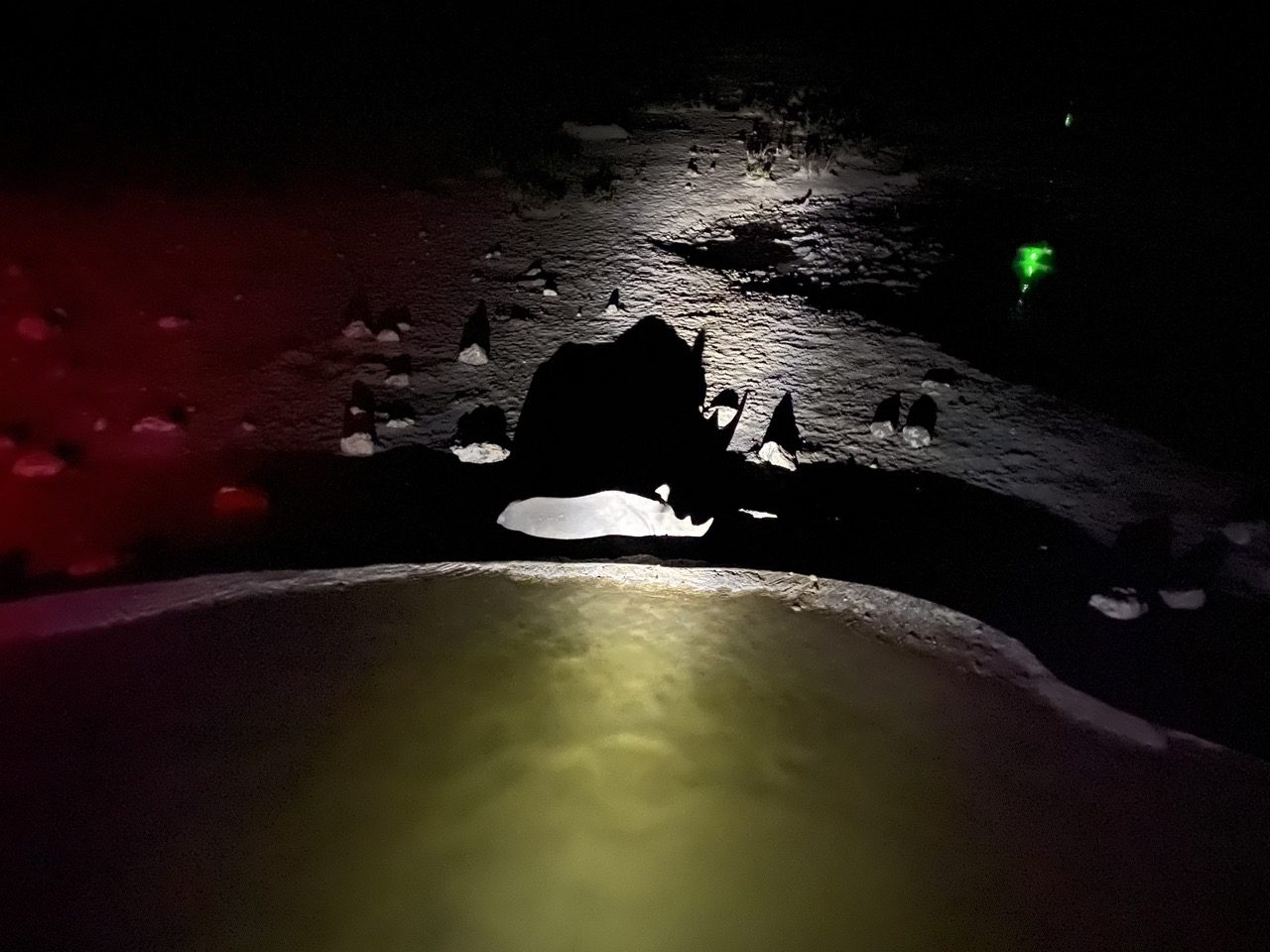
Thew car was leaking again but we were exhausted and that would have to be tomorrow’s problem!
Go back to: Epupa Falls
Go to: Etosha Pan: Okaukuejo

